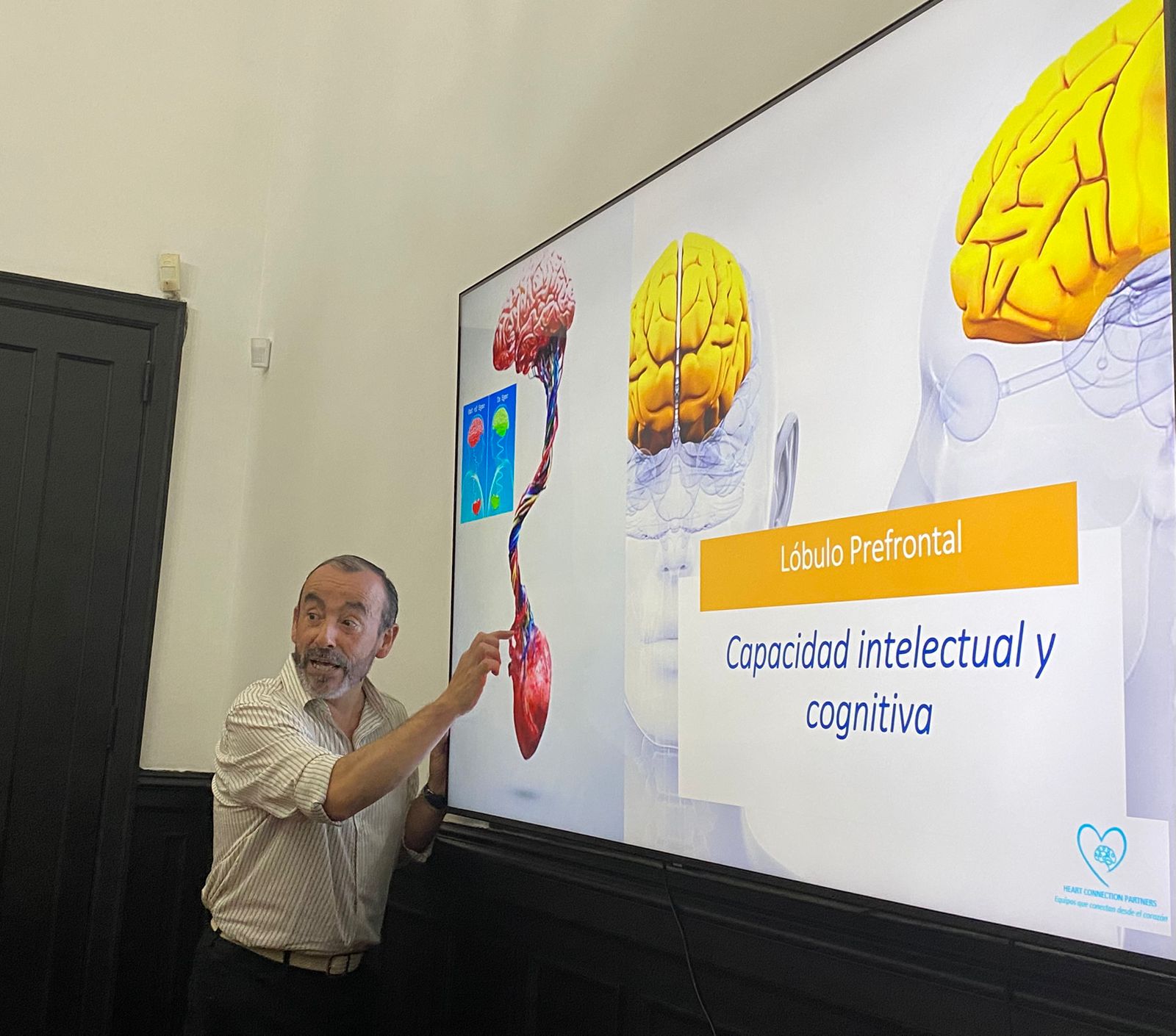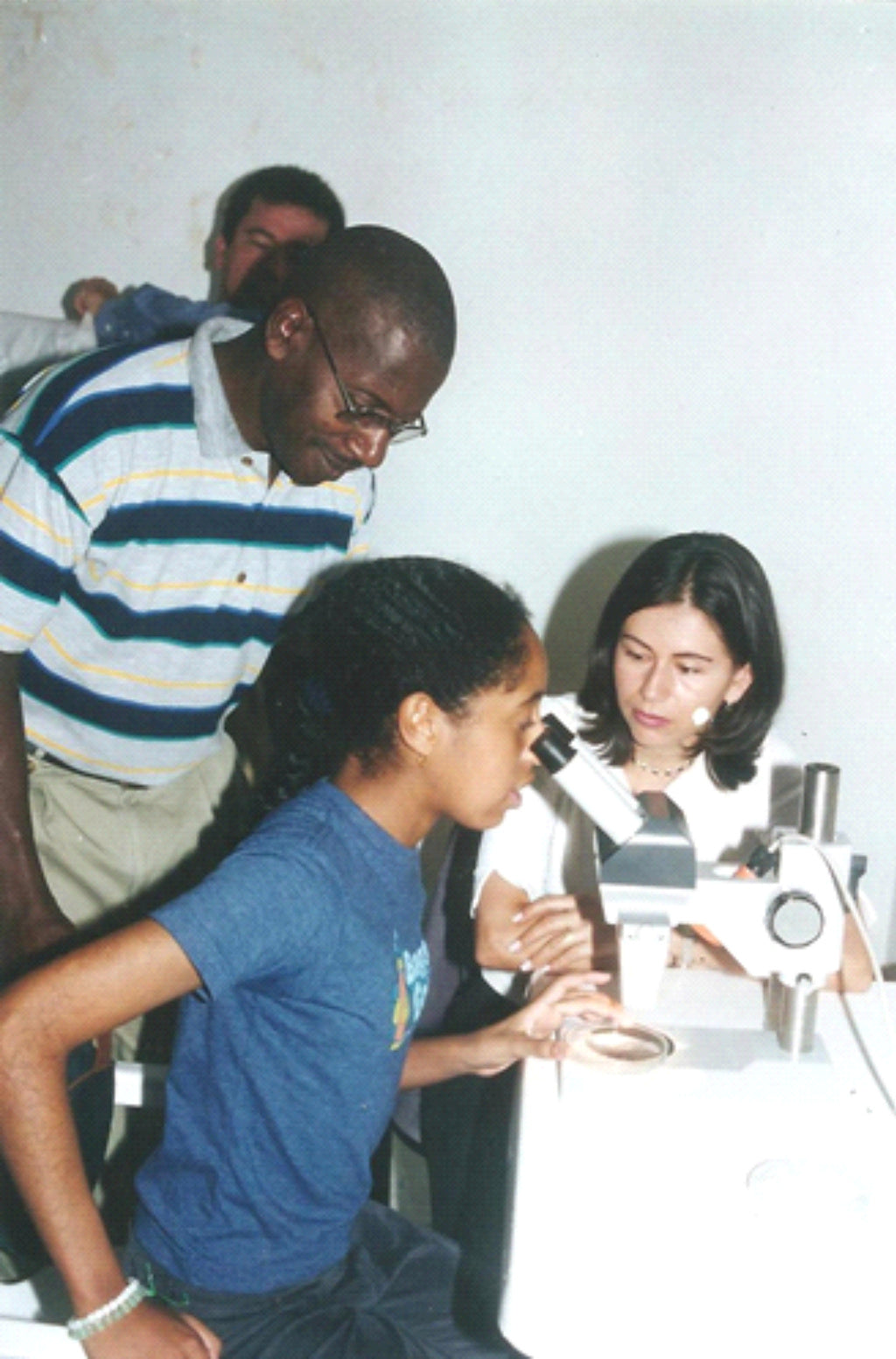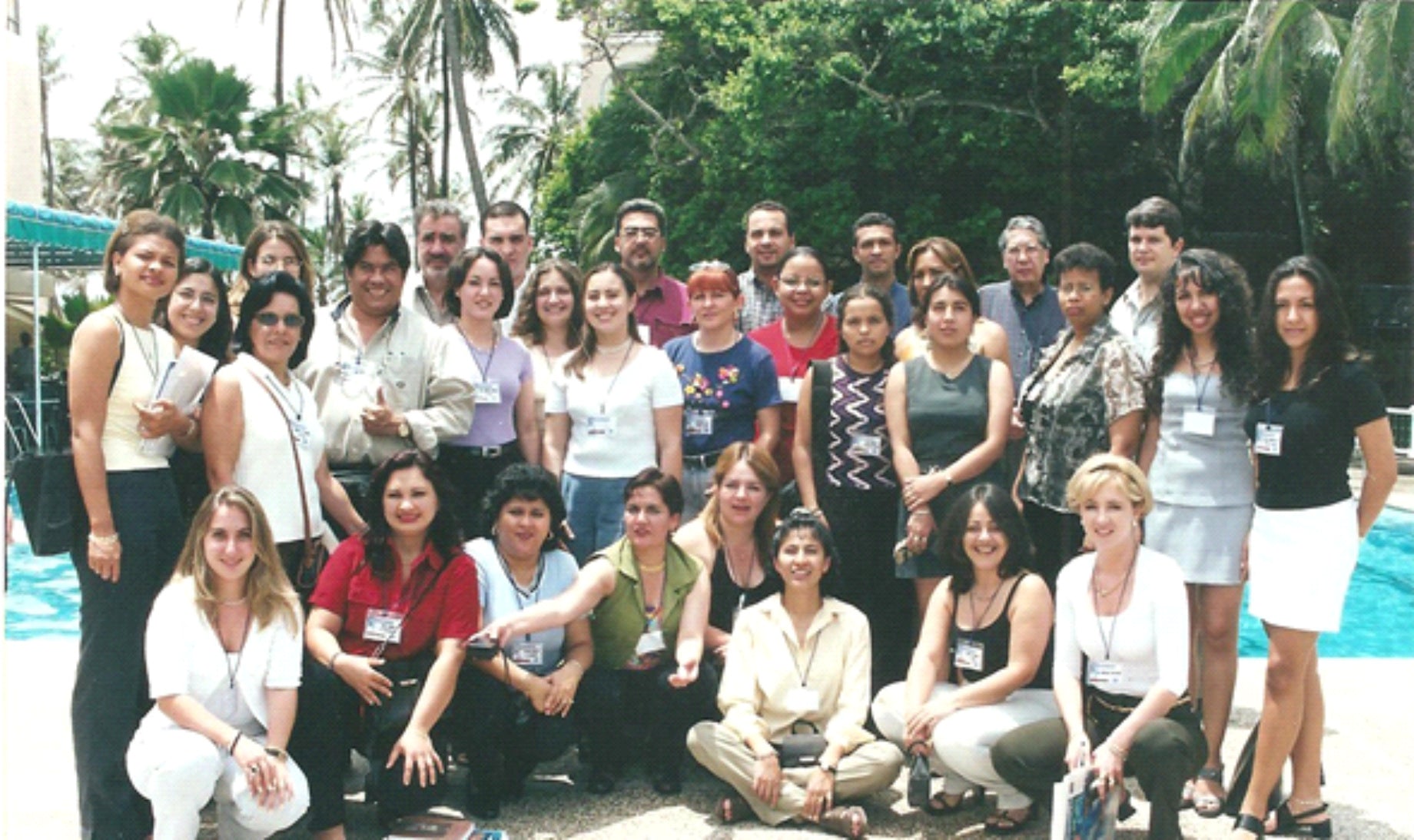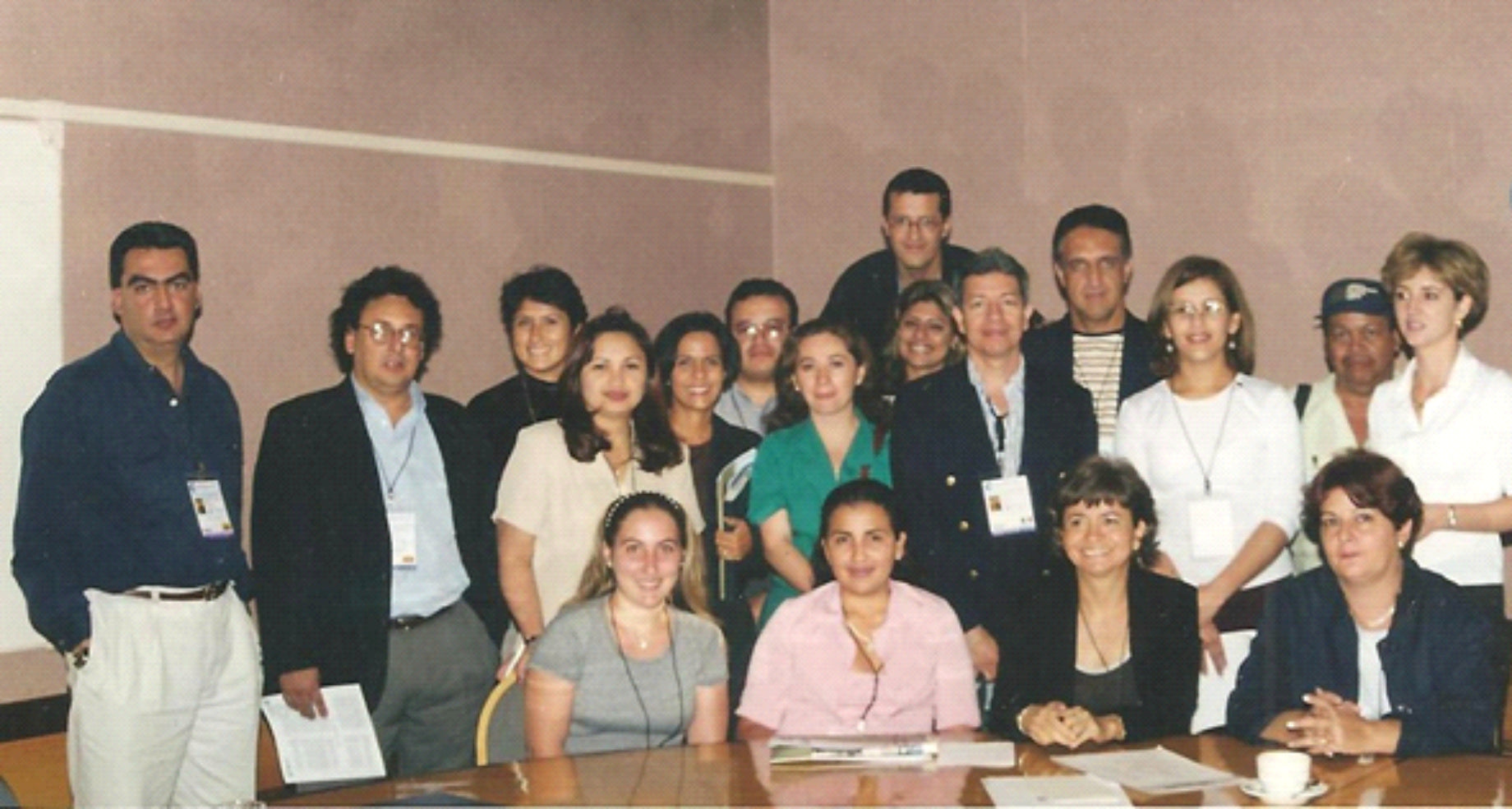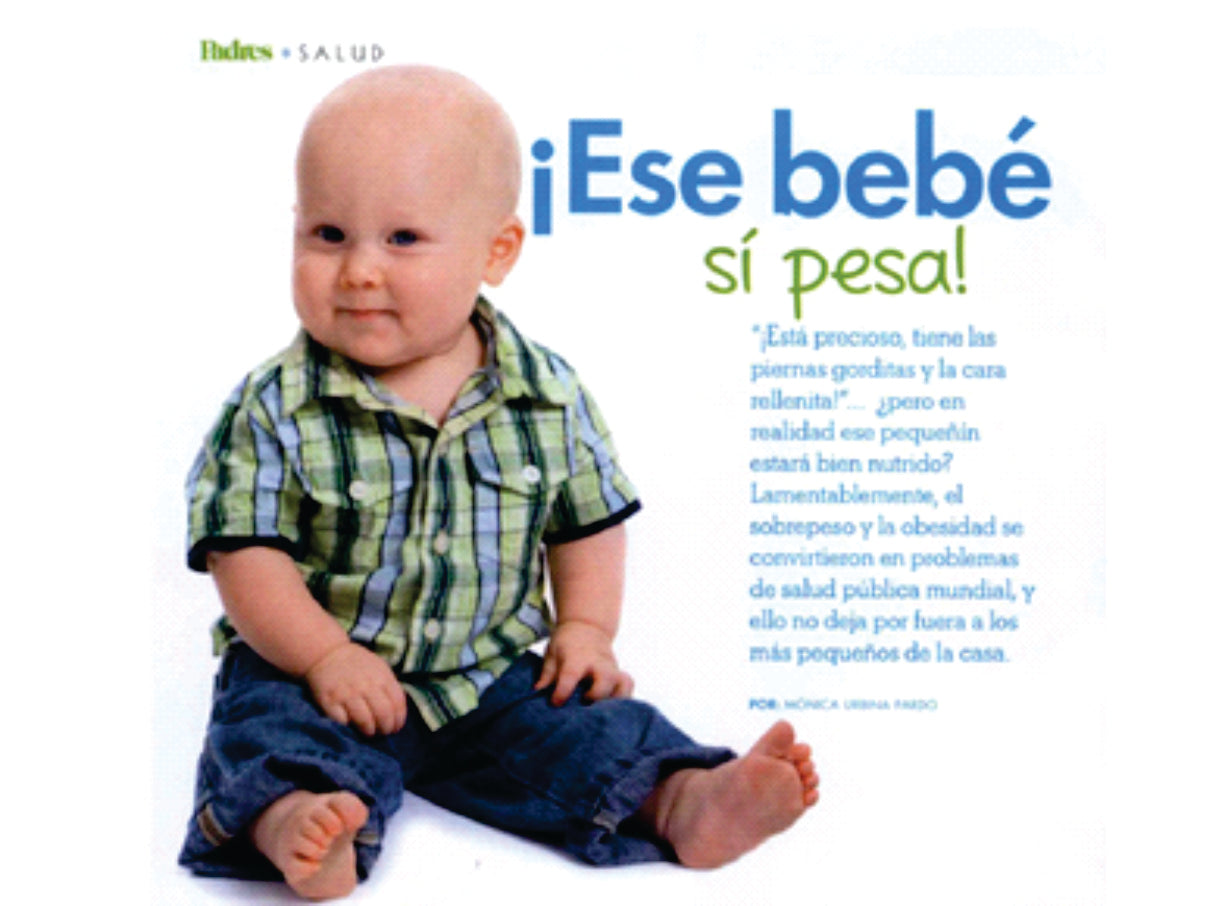
- 29 Apr 2023
FERTILITY CAMPAIGN. 8 out of 10 cases of infertility can be prevented
Studies show that on average, “of every 10 couples of reproductive age, 1 or 2 have infertility” [1] , a situation that is considered by the World Health Organization as a disease of the reproductive system and that according to the Colombian Center for Fertility and Sterility (CECOLFES) has increased from 20 to 24% in the last decade. However, 8 out of 10 cases of infertility can be avoided [2] . The key is to know, prevent and act.
The causes that cause a couple to present infertility problems can be grouped into 4 large components: female, male, difficulties in both genders and unknown aspects. According to the authors of the article “Definition and Causes of Infertility”, from the Colombian Journal of Obstetrics and Gynecology, “about 40% of all infertile couples present a combination of factors” [3] , which is why it is It is important to take into account the analysis of the couple as a whole.
Infertility is a disease that not only affects the physical part of the person but also their emotional side, "this deficiency can have a negative impact on the development of the individual, producing frustration and weakening of the personality, since most couples consider having children as a life goal” [4] .
Preventing infertility, a disease that affects both men and women, is possible if you take into account some key advice such as those provided by CECOLFES [5] :
- “Do not delay the search for pregnancy.
- Safe sex.
- Practice conservative gynecological surgery.
- Temporary contraception.
- Use the services of human reproduction units when necessary, emphasizing premarital assessment.”
Infertility as a disease
The World Health Organization (WHO) recognizes infertility as a pathology and explains it as “a disease of the reproductive system defined by the failure to achieve a clinical pregnancy after 12 months of regular unprotected sexual relations” [6] .
Although infertility can be a problem for both women and men, in Colombia, according to the most recent ENDS 2015 survey, 47.7% of women between the ages of 13 to 49 and 15 to 49 who have not been able to pregnant women, report difficulties on their part as a problem [7] .
The percentage of women who want to have a child and have not been able to do so due to infertility problems is highest in the age range between 40 and 44 years with 25.4%, followed by the age range between 35 and 39 with 22.8% [8] .
Various diagnostic tests are currently available to identify the presence of infertility in men and women, which include a review of the patient's medical history and a complete physical examination, such as blood tests to measure the level of hormones (such as progesterone). in women or a semen analysis in the case of men.
Therapies to treat infertility are assigned according to the cause of the infertility, however assisted reproduction practices such as in vitro fertilization (IVF), artificial insemination and drugs that help stimulate the production of eggs stand out.
In Colombia, various entities focus their efforts on contributing to the health of patients and presenting innovative and effective solutions that allow men and women to achieve the dream of being parents. Companies like Merck seek to increase awareness among the population about infertility in Colombia and the world.
Early consultation with a specialist and access to treatment on time improves the chances of fulfilling the desire to become parents. It is important that you go to a care center if you present the following signs [9] :
- “Couples under 35 years of age should consult with a specialist in reproductive medicine after 1 year of trying to conceive without success.”
- “Couples over 35 years of age should consult a specialist first; after 6 or 8 months.”
Thanks to the different treatment options and the scientific progress that this area has had, the dream of becoming parents can be a reality.
If you have any questions, consult your doctor.
[1] Definition and causes of infertility. Review article from the Colombian Journal of Obstetrics and Gynecology. Vol.54 No 4. 2013 http://www.scielo.org.co/pdf/rcog/v54n4/v54n4a03.pdf
2 CECOLFES. Colombian Center for Fertility and Sterility. http://www.cecolfes.com/es/prevenir-la-infertilidad/como-prevenir-la-infertilidad-y-preservar-la-fertilidad
3 Definition and causes of infertility. Review article from the Colombian Journal of Obstetrics and Gynecology. Vol.54 No 4. 2013 http://www.scielo.org.co/pdf/rcog/v54n4/v54n4a03.pdf
4 Definition and causes of infertility. Review article from the Colombian Journal of Obstetrics and Gynecology. Vol.54 No 4. 2013 http://www.scielo.org.co/pdf/rcog/v54n4/v54n4a03.pdf
5 CECOLFES. Colombian Center for Fertility and Sterility. http://www.cecolfes.com/es/prevenir-la-infertilidad/como-prevenir-la-infertilidad-y-preservar-la-fertilidad
6 WHO. http://www.who.int/reproductivehealth/topics/infertility/definitions/en/
7 National Demographic and Health Survey. ENDS. Volume II, page 167. Profamilia and MinSalud. http://profamilia.org.co/docs/ENDS%20TOMO%20II.pdf
8 National Demographic and Health Survey. Volume II. Profamilia and MinSalud. http://profamilia.org.co/docs/ENDS%20TOMO%20II.pdf
9 CECOLFES. Colombian Center for Fertility and Sterility. http://www.cecolfes.com/es/prevenir-la-infertilidad/como-prevenir-la-infertilidad-y-preservar-la-fertilidad
[1] Definition and causes of infertility. Review article from the Colombian Journal of Obstetrics and Gynecology. Vol.54 No 4. 2013 http://www.scielo.org.co/pdf/rcog/v54n4/v54n4a03.pdf
[2] CECOLFES. Colombian Center for Fertility and Sterility. http://www.cecolfes.com/es/prevenir-la-infertilidad/como-prevenir-la-infertilidad-y-preservar-la-fertilidad
[3] Definition and causes of infertility. Review article from the Colombian Journal of Obstetrics and Gynecology. Vol.54 No 4. 2013 http://www.scielo.org.co/pdf/rcog/v54n4/v54n4a03.pdf
[4] Definition and causes of infertility. Review article from the Colombian Journal of Obstetrics and Gynecology. Vol.54 No 4. 2013 http://www.scielo.org.co/pdf/rcog/v54n4/v54n4a03.pdf
[5] CECOLFES. Colombian Center for Fertility and Sterility. http://www.cecolfes.com/es/prevenir-la-infertilidad/como-prevenir-la-infertilidad-y-preservar-la-fertilidad
[7] National Demographic and Health Survey. ENDS. Volume II, page 167. Profamilia and MinSalud. http://profamilia.org.co/docs/ENDS%20TOMO%20II.pdf
[8] National Demographic and Health Survey. Volume II. Profamilia and MinSalud. http://profamilia.org.co/docs/ENDS%20TOMO%20II.pdf
[9] CECOLFES. Colombian Center for Fertility and Sterility. http://www.cecolfes.com/es/prevenir-la-infertilidad/como-prevenir-la-infertilidad-y-preservar-la-fertilidad
Photo taken from Biosalud.org



